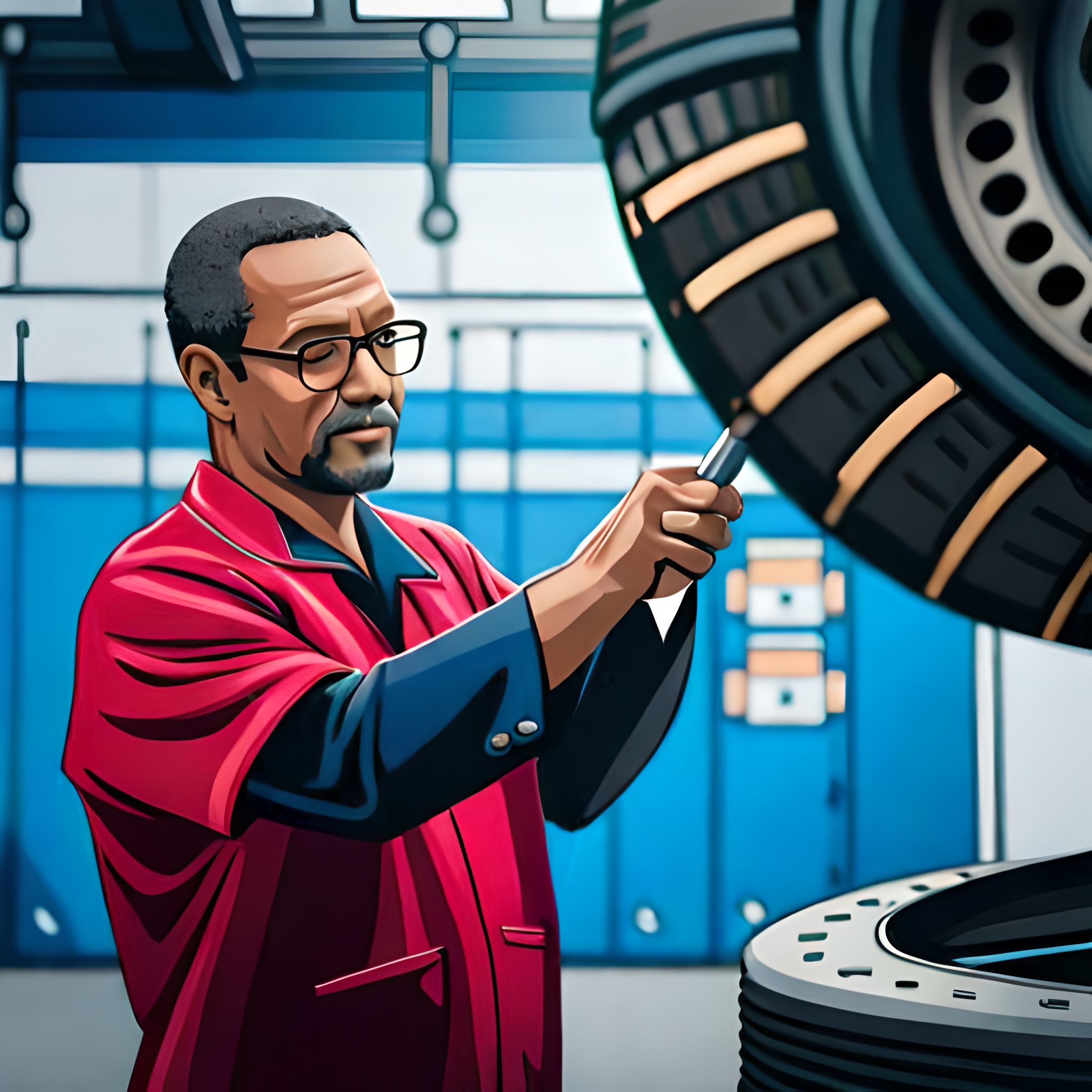
Comprehensive Guide To Replace Your Car’s Brake Pads
Brake pads are an essential part of your car’s braking system. Over time, they wear down and need to be replaced. If your brake pads are worn down, it can cause your brakes to be less effective, which can be dangerous. In this article, we’ll provide a comprehensive guide on how to replace your car’s brake pads, including when to replace them, the tools you’ll need, and step-by-step instructions.
When to Replace Your Brake Pads
The lifespan of your brake pads depends on several factors, including your driving habits and the type of brake pads your car has. Generally, brake pads need to be replaced every 50,000 miles, but this can vary. If you hear a grinding noise when you apply the brakes, it’s a sign that your brake pads need to be replaced immediately.
Tools You’ll Need
Replacing your brake pads requires a few tools. Here are the tools you’ll need:
- Floor jack
- Jack stands
- Lug wrench
- Socket wrench
- C-clamp
- Brake grease
- New brake pads
- New brake rotors (optional)
Step-by-Step Instructions
Here’s a step-by-step guide on how to replace your car’s brake pads:
Step 1: Prepare Your Car
Park your car on a level surface and engage the parking brake. Loosen the lug nuts on the wheels you’ll be working on.
Step 2: Raise Your Car
Use a floor jack to raise your car off the ground. Place jack stands under the car to support it.
Step 3: Remove the Wheels
Remove the lug nuts and take off the wheels.
Step 4: Remove the Brake Caliper
The brake caliper is part of the brake system that presses the brake pads against the rotor. Use a socket wrench to remove the bolts that hold the caliper in place. Carefully remove the caliper from the rotor.
Step 5: Remove the Brake Pads
Use a C-clamp to compress the piston in the caliper. This will make room for the new, thicker brake pads. Remove the old brake pads from the caliper.
Step 6: Install the New Brake Pads
Apply a thin layer of brake grease to the back of the new brake pads. Insert the new pads into the caliper, making sure they’re properly aligned.
Step 7: Install the Brake Caliper
Carefully reattach the brake caliper to the rotor. Use a socket wrench to tighten the bolts that hold the caliper in place.
Step 8: Replace the Wheels
Put the wheels back on and hand-tighten the lug nuts. Lower your car to the ground and use a lug wrench to tighten the lug nuts.
Tips for Replacing Your Brake Pads
Replacing your car’s brake pads can be a challenging task, especially if you’re not familiar with the process. Here are a few tips to help you replace your brake pads safely and efficiently:
- Always follow the manufacturer’s instructions for your car’s specific make and model.
- Use high-quality brake pads to ensure maximum stopping power.
- Check your brake rotors for wear and damage. If they’re damaged, replace them along with the brake pads.
- Never work under a car that is only supported by a jack. Always use jack stands to support the car.
- Make sure your car is on a level surface before you begin working on it.
- Take your time and be patient. Rushing can lead to mistakes and accidents.
Replacing your car’s brake pads is an essential part of routine maintenance. With the right tools and a little bit of know-how, you can replace your brake pads safely and efficiently. If you’re not comfortable working on your car’s braking system, it’s best to have a professional mechanic do it for you. Regularly replacing your brake pads will help ensure your brakes are working effectively and keep you safe on the road.
Remember to pay attention to your car’s brake pads and look for signs of wear or damage. If you hear any strange noises or experience any difficulty stopping, it’s best to have your brakes inspected by a professional. By taking care of your car’s brakes, you can extend the lifespan of your car and keep yourself and others safe on the road.
if you have any questions or concerns about replacing your car’s brake pads, don’t hesitate to reach out to a professional mechanic or consult your car’s manual. With the right knowledge and tools, you can keep your car’s braking system in top shape and ensure your safety while driving.

